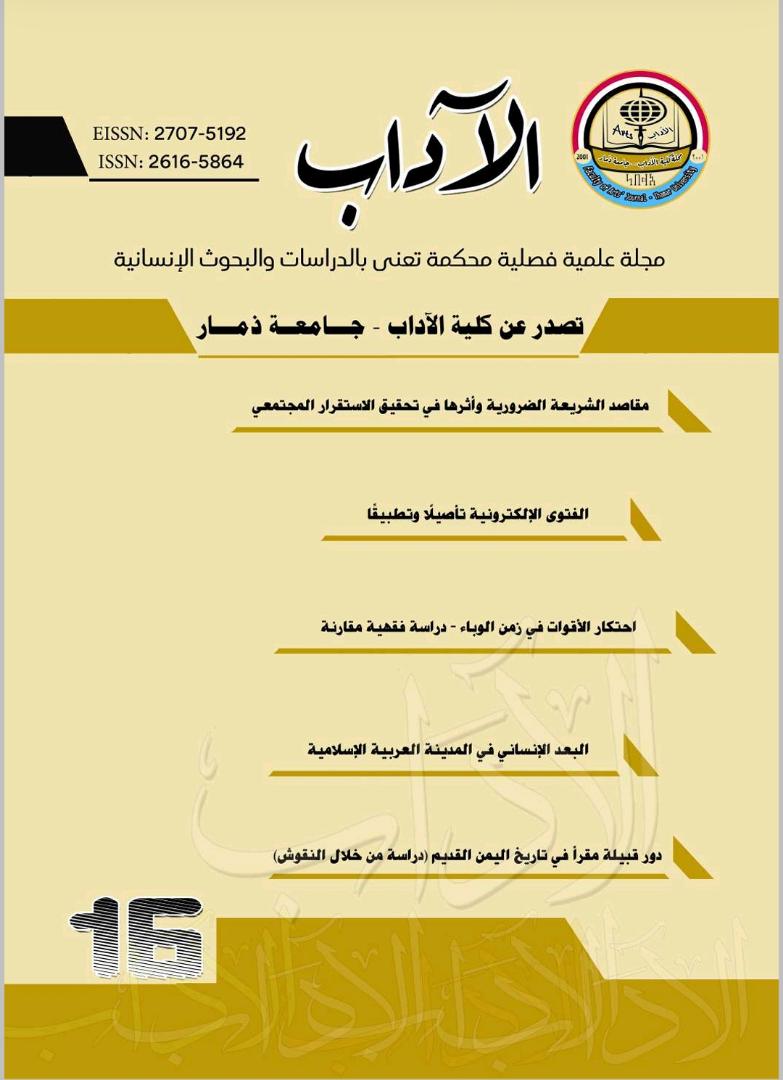Ways of Discovering Consequences: A Rooted and Practical Study
DOI:
https://doi.org/10.35696/.v1i16.664Keywords:
Discovering of the Consequences, Declaration, Surrounding Signs, Experience, Prevalence of Guess, Time and place peculiaritiesAbstract
Allah had legislated the injunction for the actualization of some purposes and goals that aim to bring benefits to the people. So, it is compulsory that the application must be in accordance with it aims and that is by looking at the consequences that would arise from the application of the injunctions on the incidents and actions. The jurist (Al-mujtahid) would ponder on what the application of the injunctions on the incidents would result to. If the application actualizes then, they would go ahead with the application of the Injunction. If the application would not actualize the legislative purpose, there would be a turn away from the application of the injunction. Knowing the consequences would be completed via number of ways that will expose what the consequence of the application of the injunction would be; and I shall take up the study of these in six subsections. They are declaration of the consequences, signs, experience, foresight of the future, prevalence of the guess and peculiarities. The results focus on the limitation of the ways for discovering consequences; so that its understanding and usage would be easy when it comes to the application of injunctions on the incidents. There should be a pinpointed of the discovering the consequences for better understanding them. Enriching the topic 'ways of discovering the consequence' and clarifying the warnings that may occur due to ignorance of the consequences.Downloads
Downloads
Published
How to Cite
Issue
Section
License
Copyright (c) 2021 عبد المجيد محمد إسماعيل السوسوه (مؤلف)

This work is licensed under a Creative Commons Attribution 4.0 International License.
Copyright and Licensing
For all articles published in journal, copyright is retained by the authors. Articles are licensed under an open access Creative Commons CC BY 4.0 license, meaning that anyone may download and read the paper for free. In addition, the article may be reused and quoted provided that the original published version is cited. These conditions allow for maximum use and exposure of the work.



